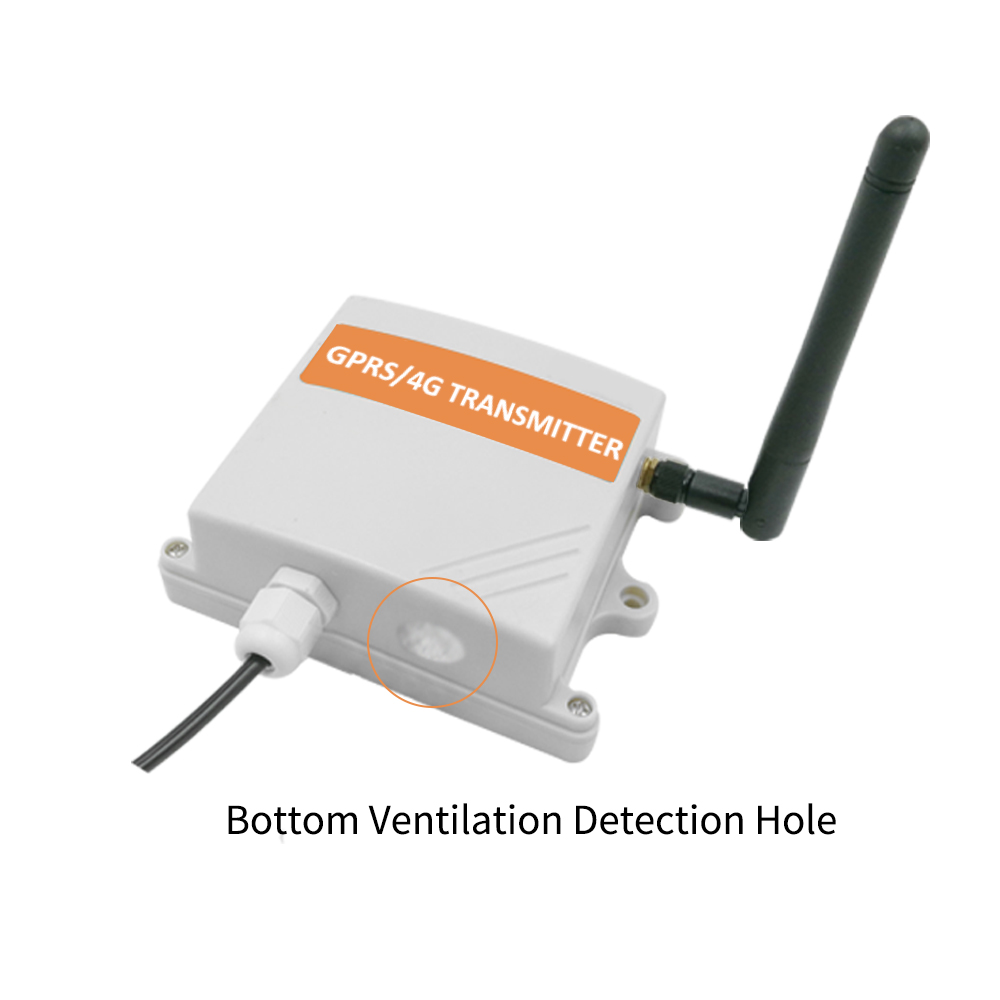Environmental monitoring and protection are critical for maintaining the health and sustainability of our planet. Gas sensor technology has emerged as a powerful tool in this endeavor, enabling the detection and measurement of various gases in the atmosphere. Gas sensors play a vital role in monitoring air quality, detecting pollutants, and facilitating timely interventions to protect the environment. This article explores the significance of gas sensor technology in enhancing environmental monitoring and protection, its applications in different sectors, and the benefits it offers to the planet.
Gas Sensor Technology in Environmental Monitoring:
Gas sensor technology involves the use of specialized devices designed to detect and measure the concentration of specific gases in the environment. These sensors provide valuable information about air quality, pollutant levels, and potential health risks. They contribute to environmental monitoring efforts by identifying sources of pollution, assessing emission levels, and aiding in the development of effective mitigation strategies.

Applications of Gas Sensor Technology in Environmental Monitoring:
2.1. Air Quality Monitoring:
Gas sensors are crucial for monitoring air quality in various settings, including urban areas, industrial zones, and residential communities. By detecting gases such as carbon monoxide (CO), nitrogen dioxide (NO2), sulfur dioxide (SO2), ozone (O3), and volatile organic compounds (VOCs), gas sensors help assess pollution levels and identify potential health hazards. This information enables authorities to take appropriate measures to improve air quality and protect public health.
2.2. Industrial Emissions Monitoring:
Gas sensors play a significant role in monitoring emissions from industrial facilities. By detecting and measuring gases emitted during industrial processes, such as carbon dioxide (CO2), sulfur dioxide (SO2), and volatile organic compounds (VOCs), gas sensors help industries comply with environmental regulations, minimize their environmental footprint, and reduce harmful emissions. Continuous monitoring allows for early detection of any deviations, enabling prompt corrective actions.
2.3. Environmental Contamination Detection:
Gas sensors aid in detecting and monitoring environmental contaminants such as hazardous gases, including methane (CH4), hydrogen sulfide (H2S), and ammonia (NH3). By identifying the presence of these gases in soil, water, or air, gas sensors facilitate early detection of leaks, spills, or contamination events. This early warning system enables rapid response and mitigates potential risks to ecosystems, wildlife, and human populations.
2.4. Climate Change Research:
Gas sensors are instrumental in climate change research. They play a crucial role in measuring greenhouse gases such as carbon dioxide (CO2), methane (CH4), and nitrous oxide (N2O). Accurate measurement of these gases helps scientists understand their concentrations in the atmosphere, trace their sources, and study their contributions to climate change. Gas sensors contribute vital data for climate models, policy-making, and mitigation strategies.
Benefits of Gas Sensor Technology in Environmental Monitoring: 3.1. Early Detection and Intervention: Gas sensor technology enables early detection of pollutants and environmental contaminants. By continuously monitoring the presence and concentration of gases, the sensors provide real-time data that can trigger timely interventions and preventive measures. This proactive approach helps prevent further contamination, reduce environmental damage, and protect human health.
3.2. Improved Air Quality and Health:
Gas sensor technology plays a crucial role in improving air quality, which directly impacts human health. By accurately measuring pollutant levels, gas sensors provide valuable information for decision-making processes related to pollution control and mitigation strategies. This leads to the implementation of effective measures to reduce emissions, improve air quality, and safeguard public health.
3.3. Regulatory Compliance:
Gas sensors help industries and businesses comply with environmental regulations and standards. By monitoring emission levels, gas sensors enable companies to measure their environmental impact accurately. This information allows industries to implement necessary measures to reduce emissions, optimize processes, and align with national and international environmental requirements.
3.4. Data-Driven Decision Making:
Gas sensor technology provides real-time and accurate data that can be integrated with other environmental monitoring systems and data sources. By combining gas sensor data with weather information, satellite imagery, and other relevant parameters, decision-makers gain a comprehensive understanding of environmental conditions. This data-driven approach facilitates effective decision making, policy development, and targeted interv






